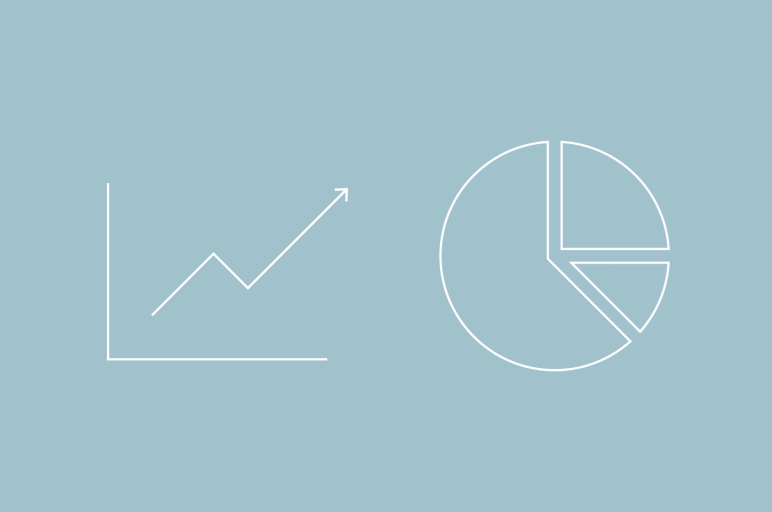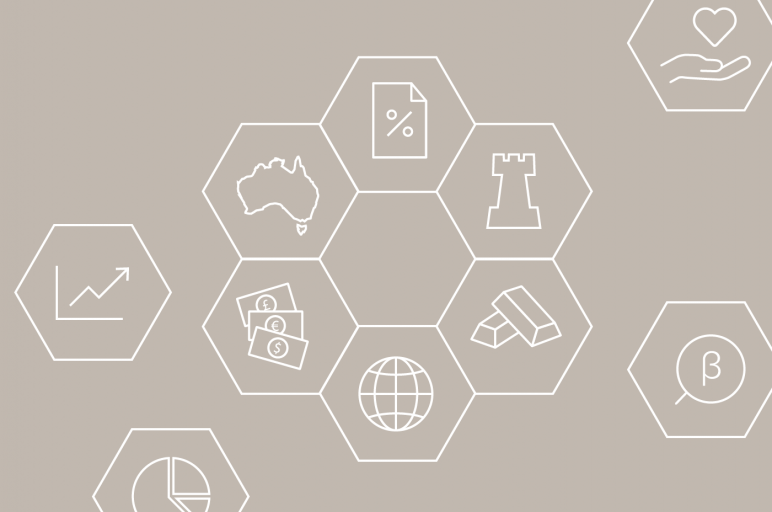- What does hedged and unhedged mean?
- How does currency affect ETF returns?
- Unhedged vs hedged – which should I buy?
- Unhedged vs hedged returns comparison
What does hedged and unhedged mean?
When investing in global ETFs, you will be investing in the local currency of that market (such as the USD, Euro etc). This is why the question of hedging vs unhedging becomes a consideration for investors to manage currency risk.
A currency hedged ETF is one where the ETF issuer has converted the underlying assets from their home currency the Australian Dollar ($AUD). The exchange rate is locked in at a certain price and won’t be subject to currency movements. For example, the Betashares Gold Bullion ETF – Currency Hedged (QAU) is an $AUD hedged gold ETF. That means that Australian investors have exposure to the USD gold price. We recently compared the best gold ETF on the ASX for more information.
An unhedged ETF is fully exposed to the potential for currency in the $AUD as well as the underlying investments.
How does hedging impact ETF returns?
Changes in the value of the Australian dollar may affect the value of your investment. ETFs provide Australian investors with an ability to access overseas markets and securities not traded in Australian dollars ($AUD) and not available on the ASX.
This means that ETF issuers can choose whether or not to remove or ‘hedge’ currency risk. Some ASX-listed ETFs are unhedged while some ETFs hedge currency exposure. Currency hedging also involves higher indirect costs of implementing the hedging instrument.
| Unhedged ETF | Fee | Hedged ETF | Fee | Premium for Hedging | |
| Global Shares | IOO | 0.40% | IHOO | 0.43% | 0.03% |
| Global Shares | VGS | 0.18% | VGAD | 0.21% | 0.03% |
| USA Shares | IVV | 0.04% | IHVV | 0.10% | 0.06% |
Unhedged vs Hedged funds – which should I buy in 2023?
There is no right or wrong answer if ETFs should be hedged or not – it’s merely up to investor preference. You should consider your risk/return profile, your investment time horizon and assess the risk of the country you are investing into. Purchasing unhedged ETFs can be a good thing if the Australian dollar falls. However, the opposite occurs if it rises.
For example, if you are in retirement phase and rely on steady and stable income from bonds and shares, you may want a hedged ETF to reduce any currency movements. You may have a particular view of the country you are investing in and how it will fair against the $AUD. Foreign currency movements are one of the hardest markets to predict. Investors should treat currency hedging as a way to manage risk rather than adding return.
In this video, Chris looks at some of the factors to consider when deciding whether to buy a hedged ETF.
Unhedged vs Hedged returns comparison
We have always recommended unhedged gold for our investors for its diversification benefits including its ability to protect portfolios against a falling Australian dollar. Since the Betashares Gold Bullion ETF – Currency Hedged (ASX: QAU) launched in 2011, the ETF has only grown 9% significantly underperforming the unhedged Global X Physical Gold (ASX: GOLD) ETF which returned over 94% during the same period.
This is due to the Australian dollar falling since its all-time high a decade ago. GOLD has also had slightly lower volatility than QAU meaning the risk adjusted returns have been better for investors in GOLD.
The Stockspot view on unhedged vs hedged ETFs
Stockspot believes investors should seek diversification across different currencies as well as different sectors and economies. The Stockspot portfolios are generally invested in unhedged ETFs for their diversification benefits. Unhedged ETFs provide better protection against a debasement (fall) in the Australian dollar and a weak Australian economy. They also tend to perform well during market corrections, like we saw in 2020, investors in unhedged products helped cushion the severity of the fall. Owning unhedged ETFs helped Stockspot outperform 99% of similar funds over this period.
We prefer unhedged ETFs to ensure risk is minimised for our clients, while still targeting high quality returns.




